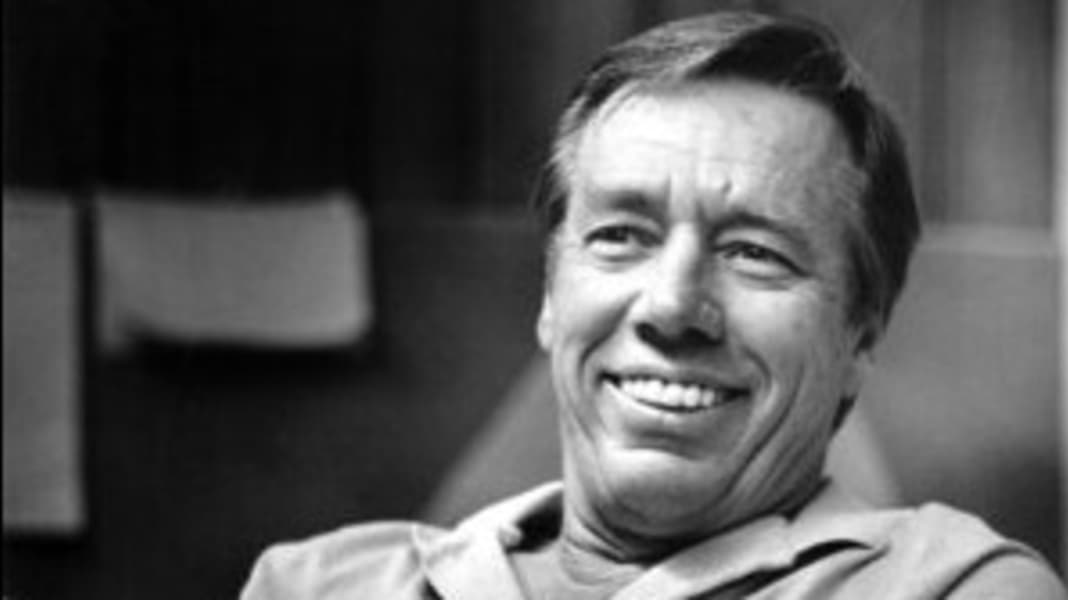
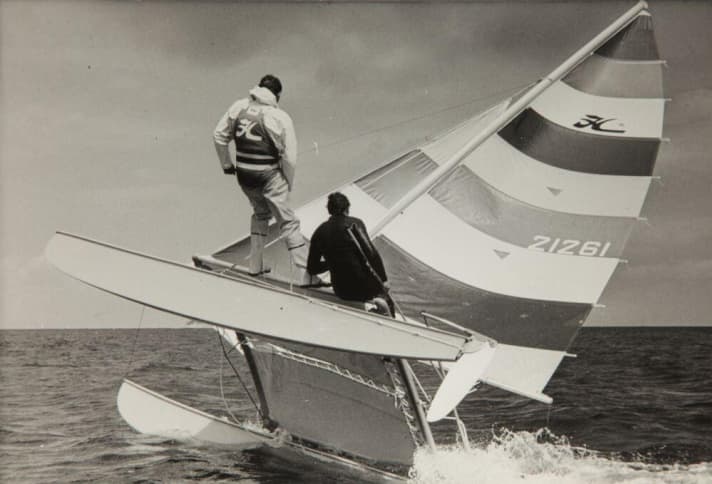
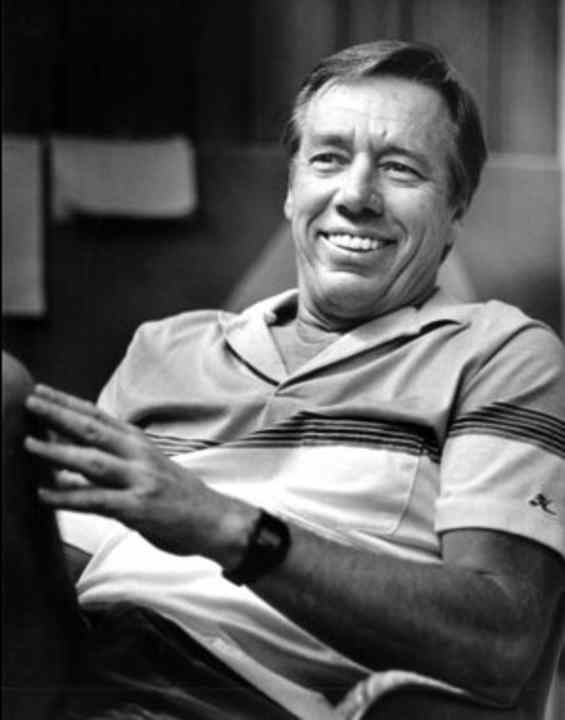
The godfather of beach cat sailing has passed away. At the age of 80, Hobie Alter, the inventor of the Hobie Cats, died last Saturday in Palm Desert, California, in the presence of his family. Although he invented and designed numerous other products, Alter's legacy is the simple, inexpensive, robust and affordable fun cat.
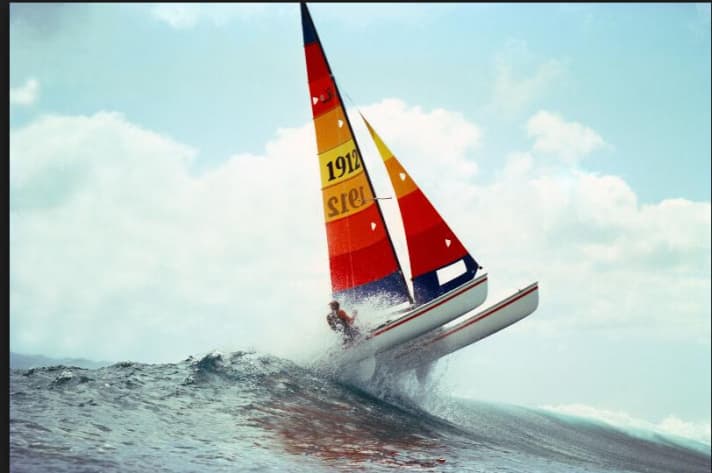
Growing up in Laguna Beach, California, as the son of an orange farmer, he began building balsa wood surfboards for himself and his friends in the 1950s. As a successful surfer, he later developed boards made of plastic with a foam core and was one of the co-founders of the surfing cult on the west coast of the USA. In the late 1960s, Alter set about designing a light, fast catamaran that could be rigged in no time at all and was easy to take off from the beach. The Hobie 14 was a one-man cat without a jib or harness and yet significantly faster than most popular sailing boats of a similar size, which led to the advertising slogan "The Cat that can fly".
The design was as simple as it was ingenious: asymmetrical hulls, as had been used for centuries on the proas and sailing canoes of the Polynesians, replaced the centreboards. This was cheap to build and easy to handle, even for beginners. Another decisive factor in the boat's success was the culture that Hobie sold with the product: "Have a Hobie Day" was the motto, referring to the relaxed, informal atmosphere on the beach, far removed from yacht clubs with their constraints and formalisms.
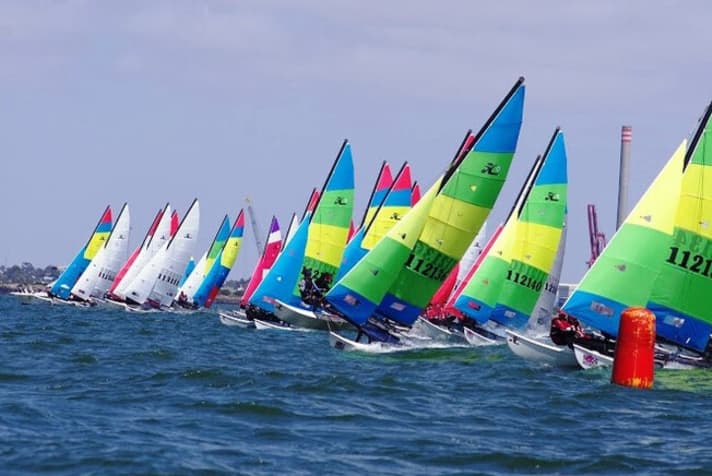
"I didn't know anything about sailing, so I wasn't confused by previous ideas. Catamarans had speed ... and as a surfer you wanted a little more thrill," said Alter, explaining his motivation for designing small catamarans. The Hobie 16 soon followed, which had a foresail and trapeze and is still produced today in practically unchanged form. With well over 100,000 boats built, it is the most widely used beach cat class in the world.
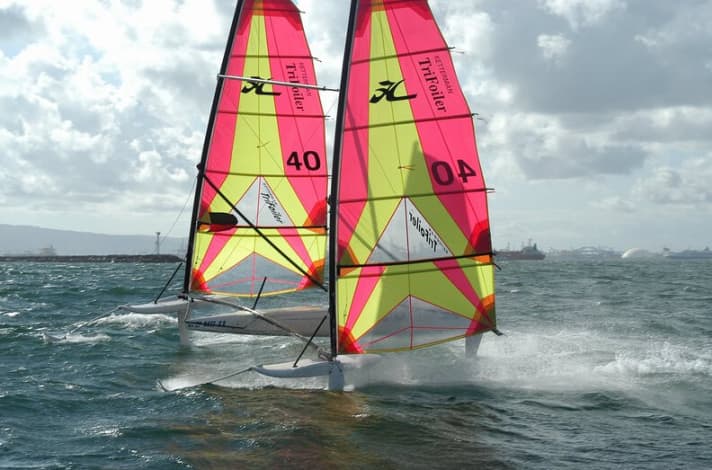
Not quite as successful were the subsequent cats with symmetrical hulls and centreboards, such as the Hoble 18, 20 and 21 or the Hobie 33, still popular with single-handed sailors, a slim, fast keelboat from the late seventies, or the Hobie 25, which was based on the Melges 24. The Trifoiler, a hydrofoil trimaran with a double surf rig that was marketed as the "fastest sailboat ever built in series", caused a sensation and set the world speed record for Class A sailboats in 1992 at 43.55 knots, which still stands today.
After the sale of the company, the The company which was now also represented in Australia and Europe, took the name Hobie Cat. Over the years, it has also sold all sorts of other products, such as remote-controlled model aeroplanes, skateboards, sunglasses and sports fashion. Although various boats continue to be built, the range is tailored to regional markets. The US parent company specialises in small catamarans and leisure kayaks, which are manufactured using the rotomoulded process, while Hobie Cat Europe even more strongly on GRP boats.
Hobie Alter has received numerous awards for his life's work and was honoured in 2011 with sailing greats such as Ted Turner and Dennis Conner in the Hall of fame of US sailing introduced.
